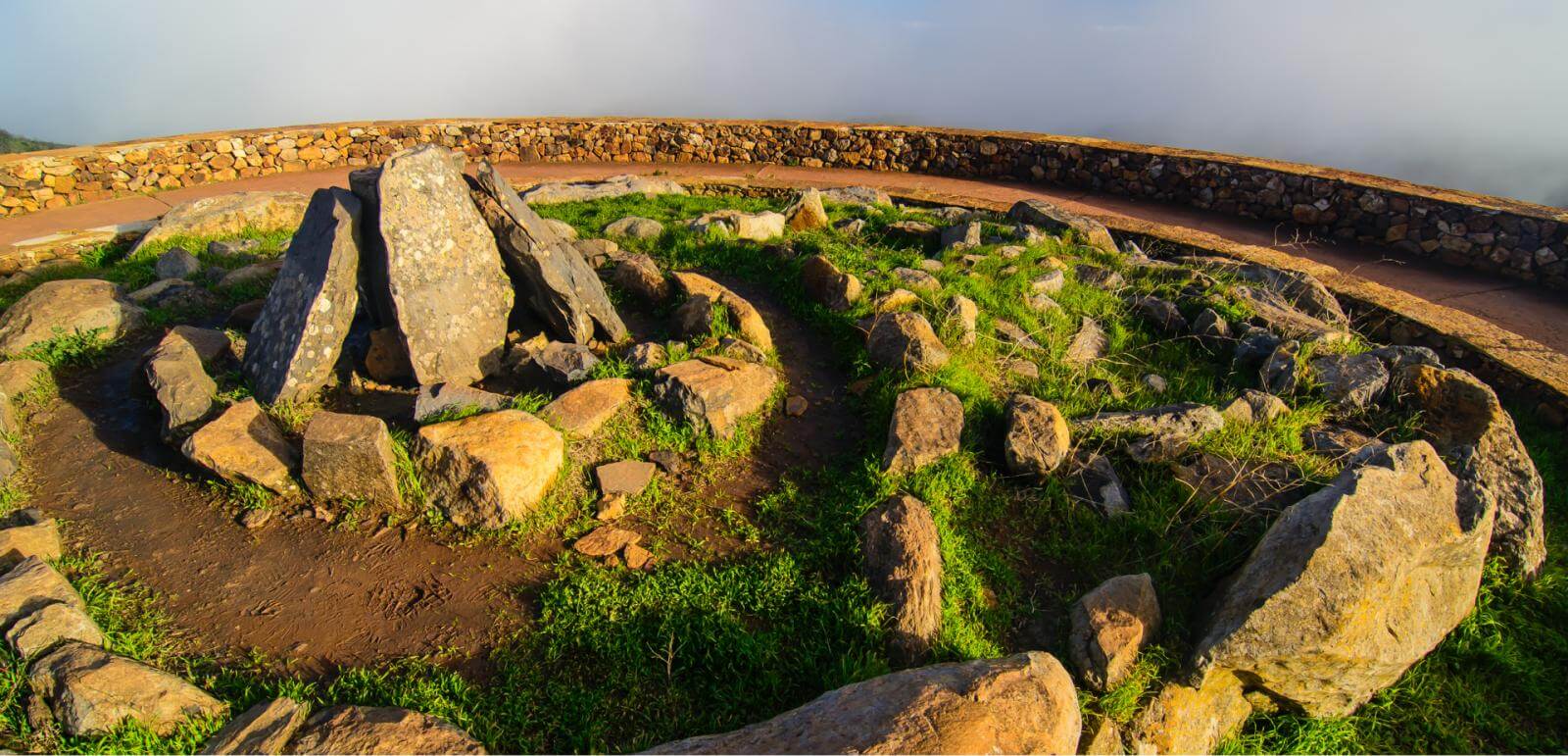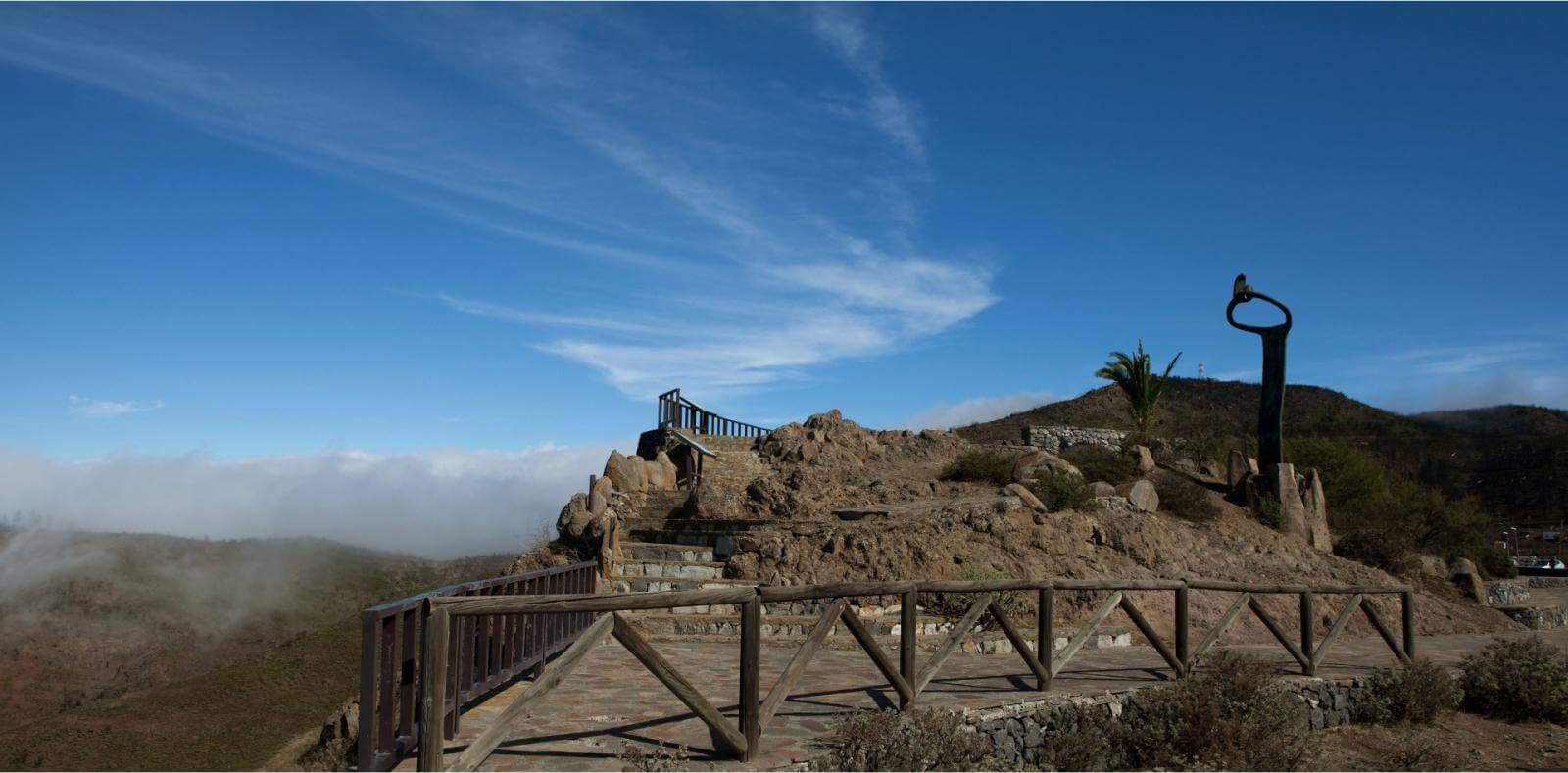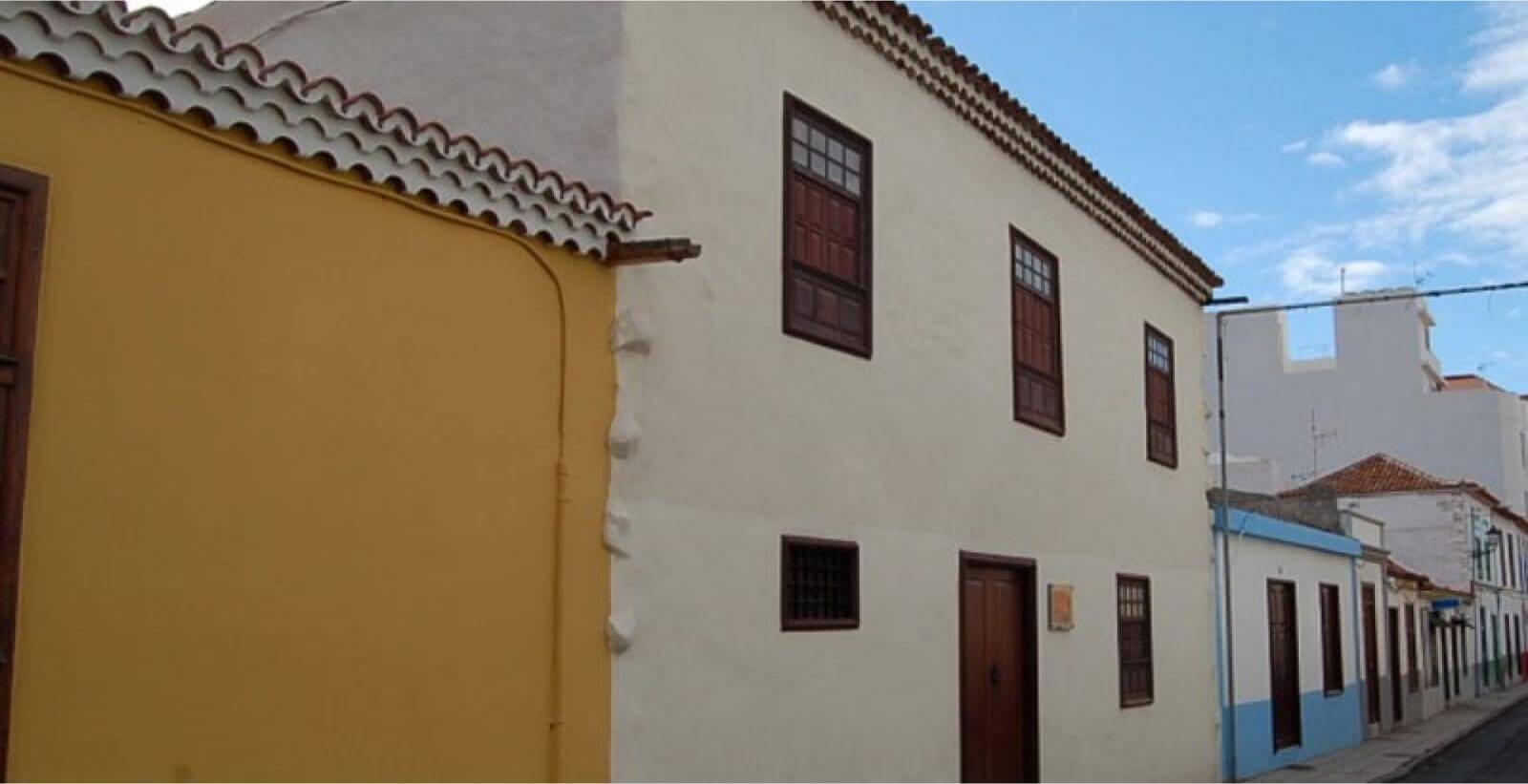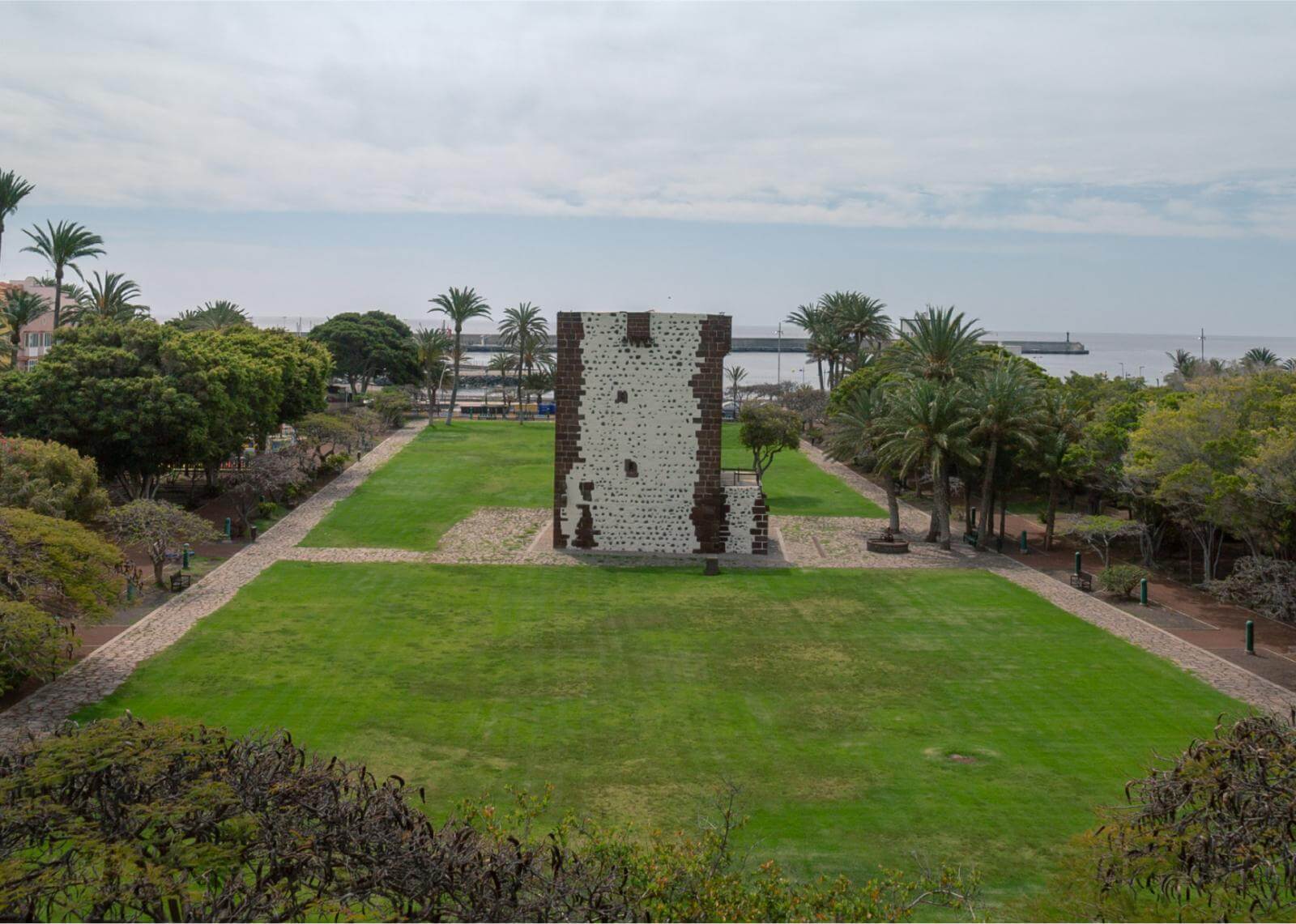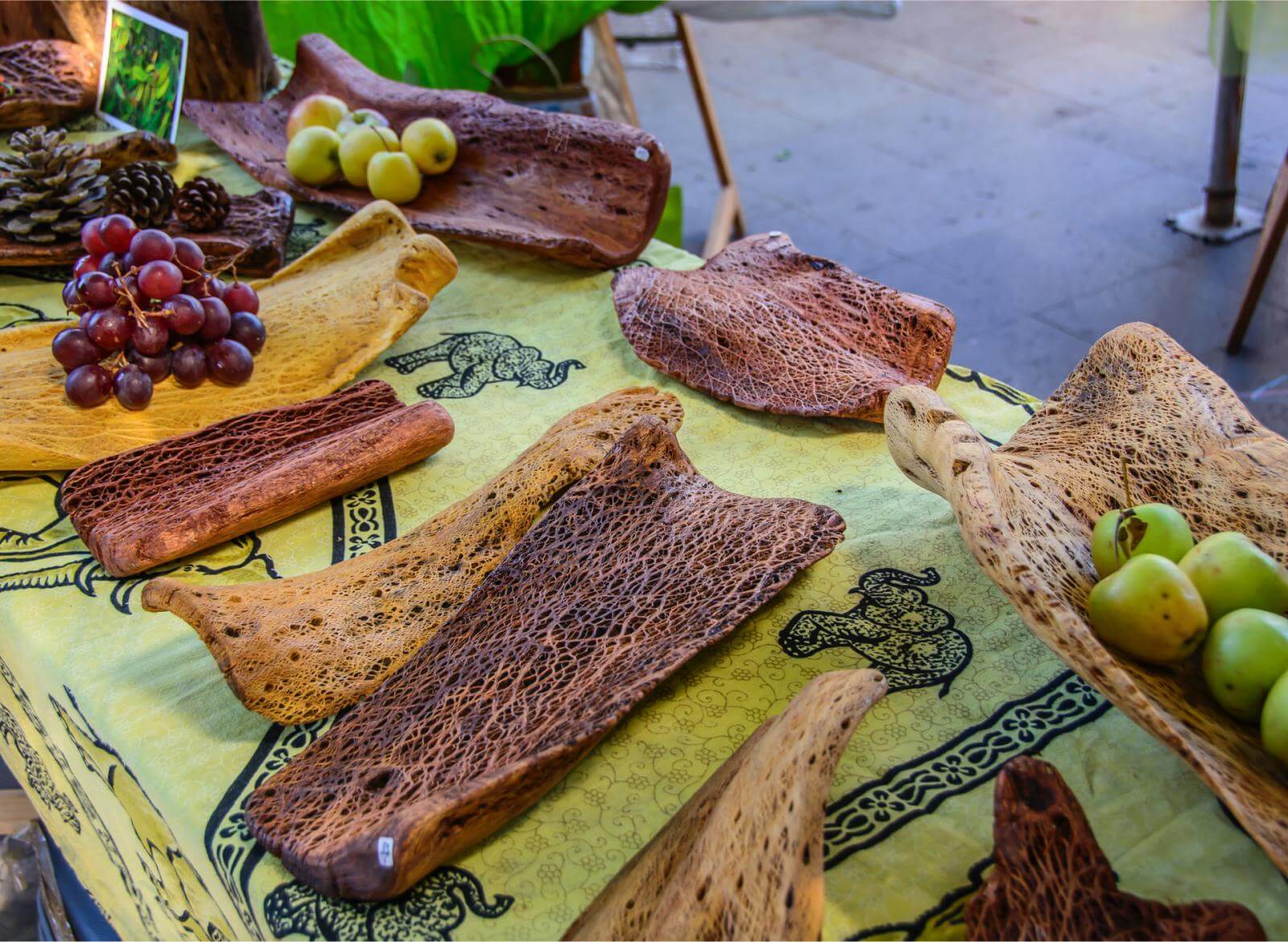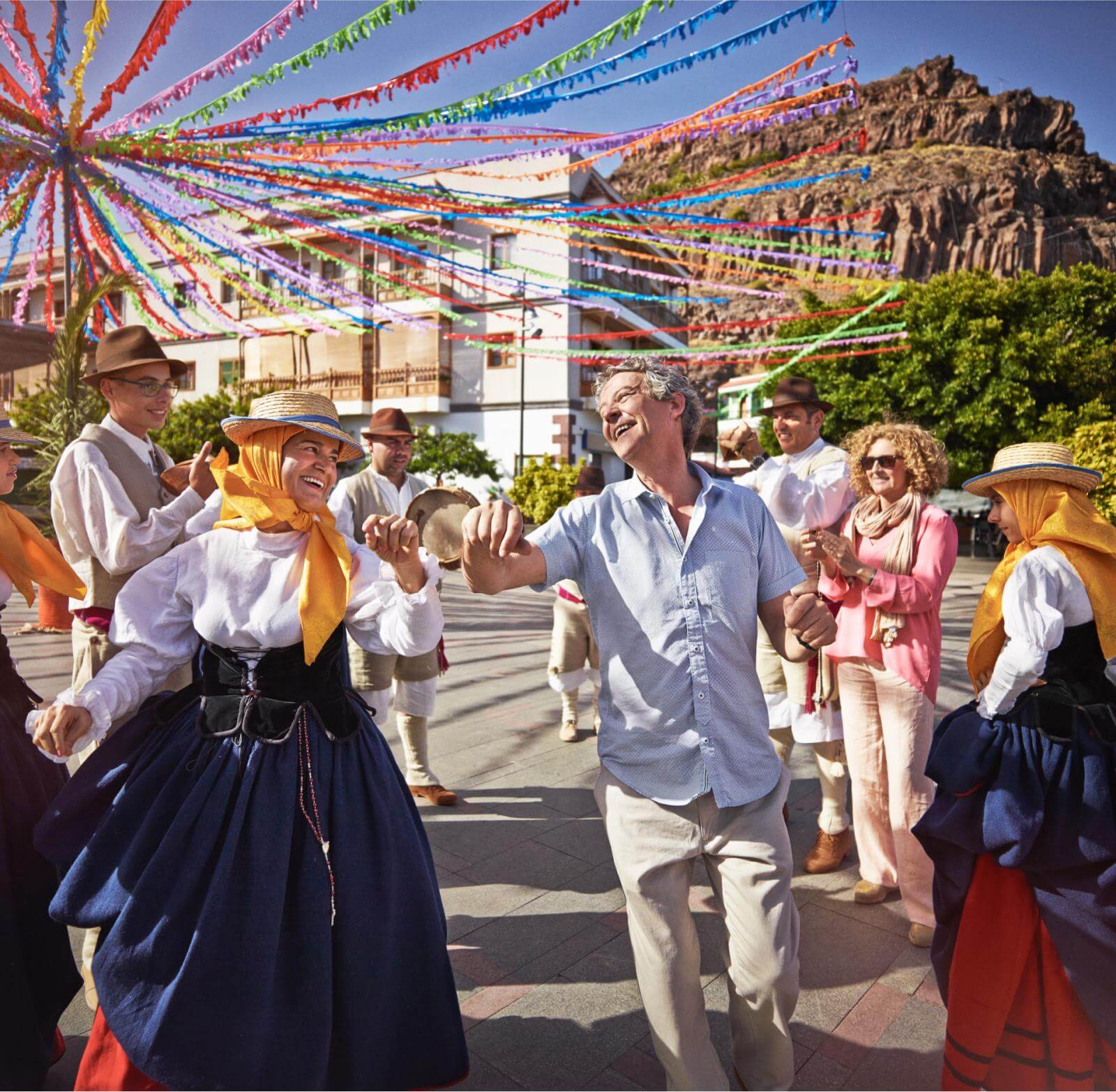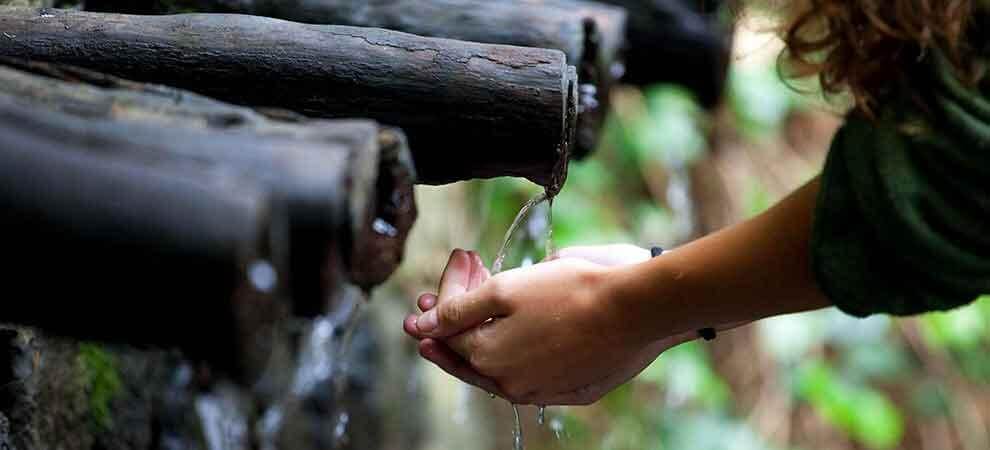The island of La Gomera has a fantastic and unique personality, one that has been carved by centuries of traditions and customs which have moulded its essence the same way its geography has moulded its appearance. With a network of museums and historical cultural heritage, discovering La Gomera means discovering a rich and varied universe, from its first settlers to its most recent history.
First settlers
Although their origins are still unclear, the most popular theory is that the first settlers on La Gomera were Berber people from Ghomara. Back then the island was divided into four areas: Mulagua, Hipalán, Orone and Agana, in the territories that are currently occupied by the valleys of Hermigua, San Sebastián, Valle Gran Rey and Vallehermoso.
The island’s economy was mainly based around livestock, with many traditions that still exist today, like the ‘silbo’ whistling language, the ‘salto del pastor’ (a way of getting around the island using a pole to pivot or propel you up or down slopes) and the production of palm honey and ‘gofio’ (flour made from toasted cereals). Given their strong sense of justice, the people of La Gomera were renowned among colonists for their rebellious, nonconformist attitudes – to the extent that some say that La Gomera was never really conquered.
Along with the remains preserved at the San Sebastián de La Gomera Archaeological Museum, you can still see numerous sites of archaeological digs, such as the religious and sacrificial centre found in Alto de Garajonay, the observatory in las Toscas del Guirre, where they measured time by marking the solstices and which has the largest panel of Libyan-Berber writing in the islands, or the site at La Fortaleza in Chipude, Vallehermoso.
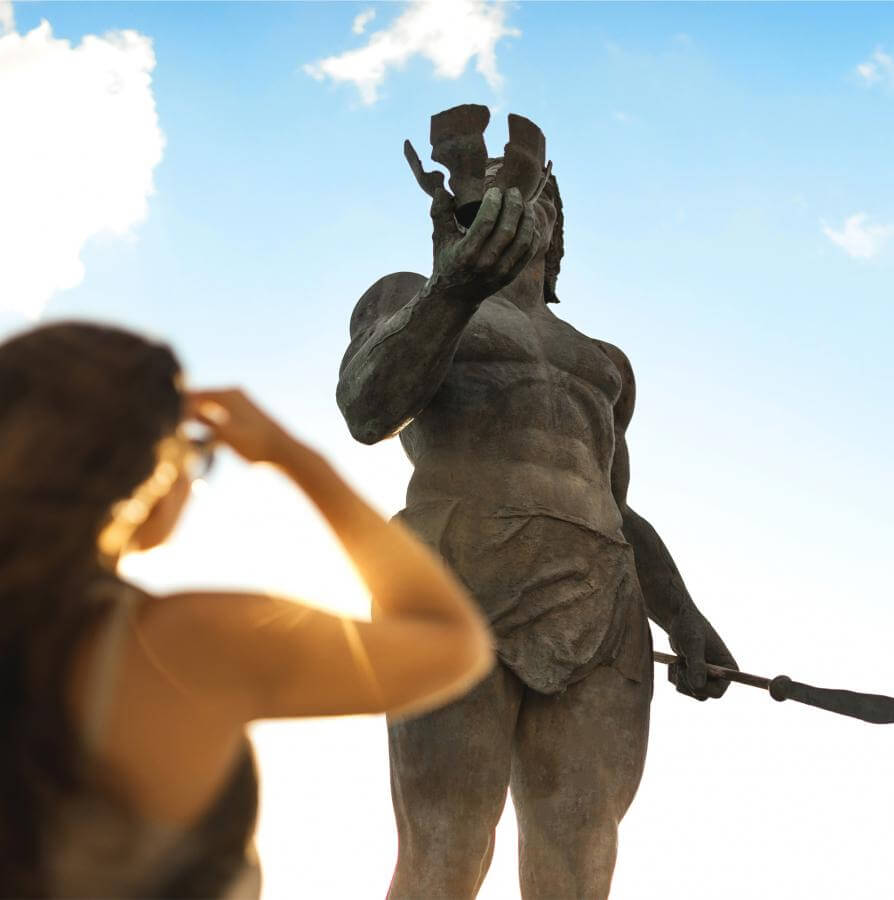

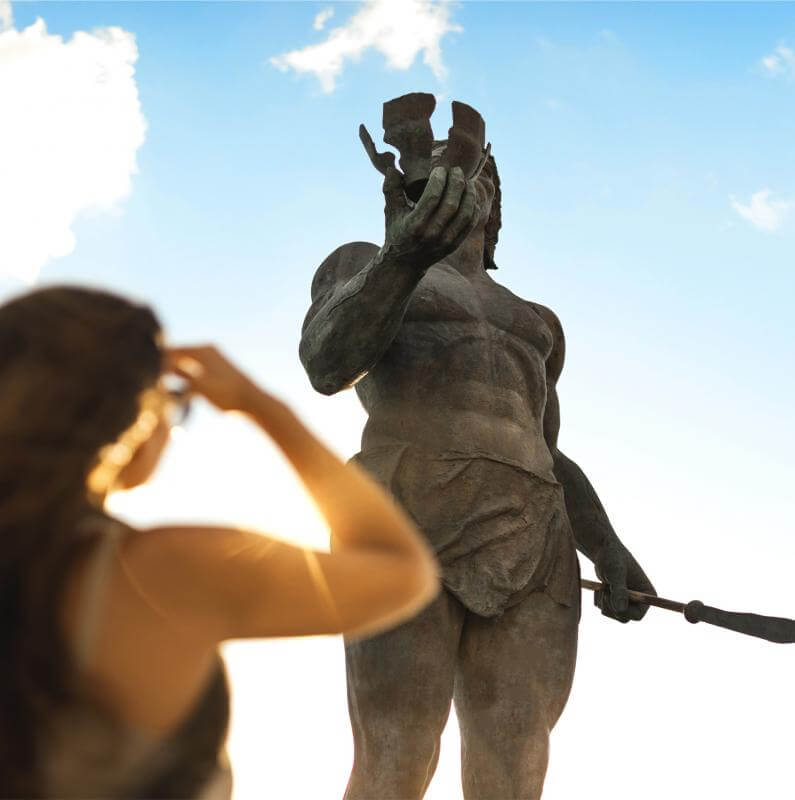
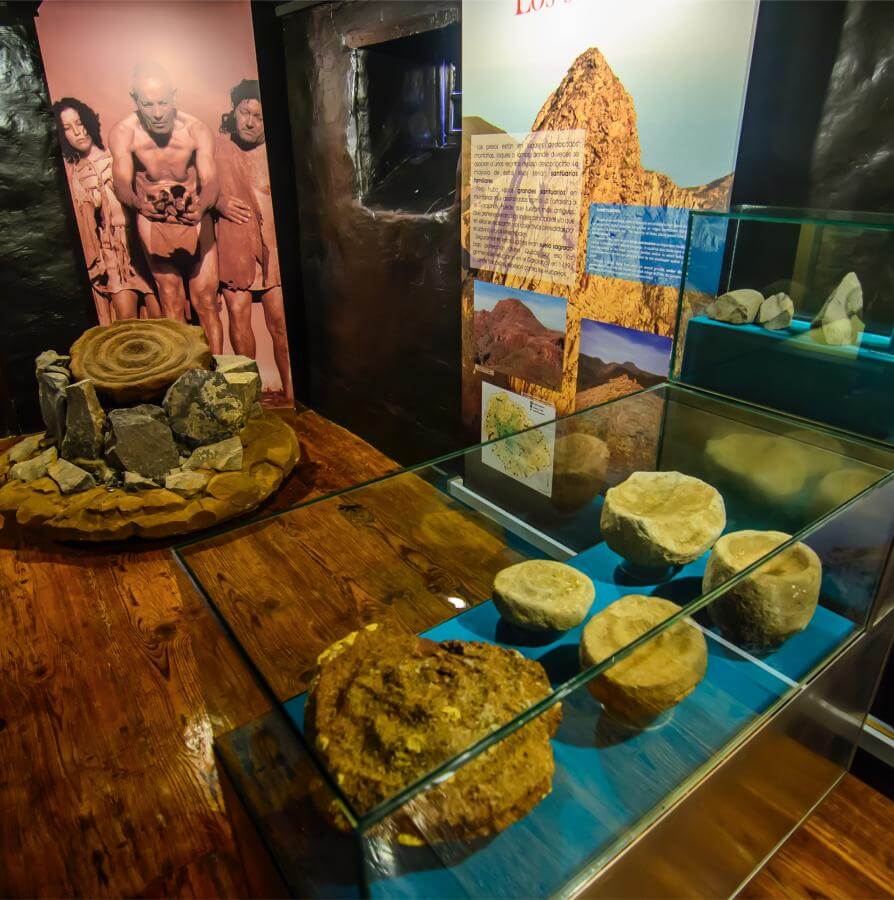

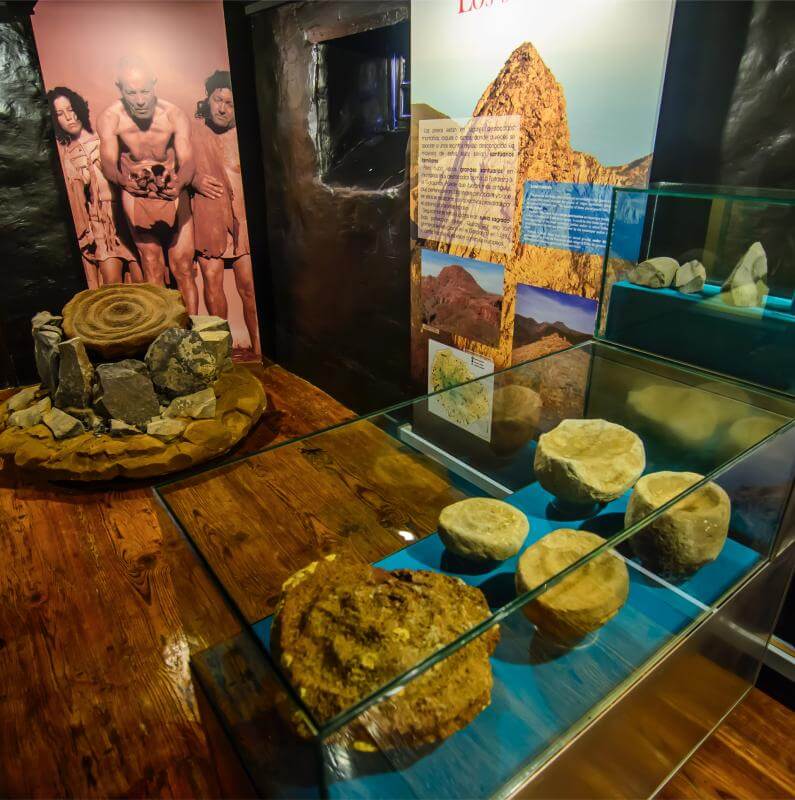
Cristopher Columbus’ stay
The importance of La Gomera in the discovery of America in 1492 is widely recognised. The island was the expedition’s last stop for supplies before the ships set sail into the unknown, and it later became a frequent stopping point along the route to the New World.
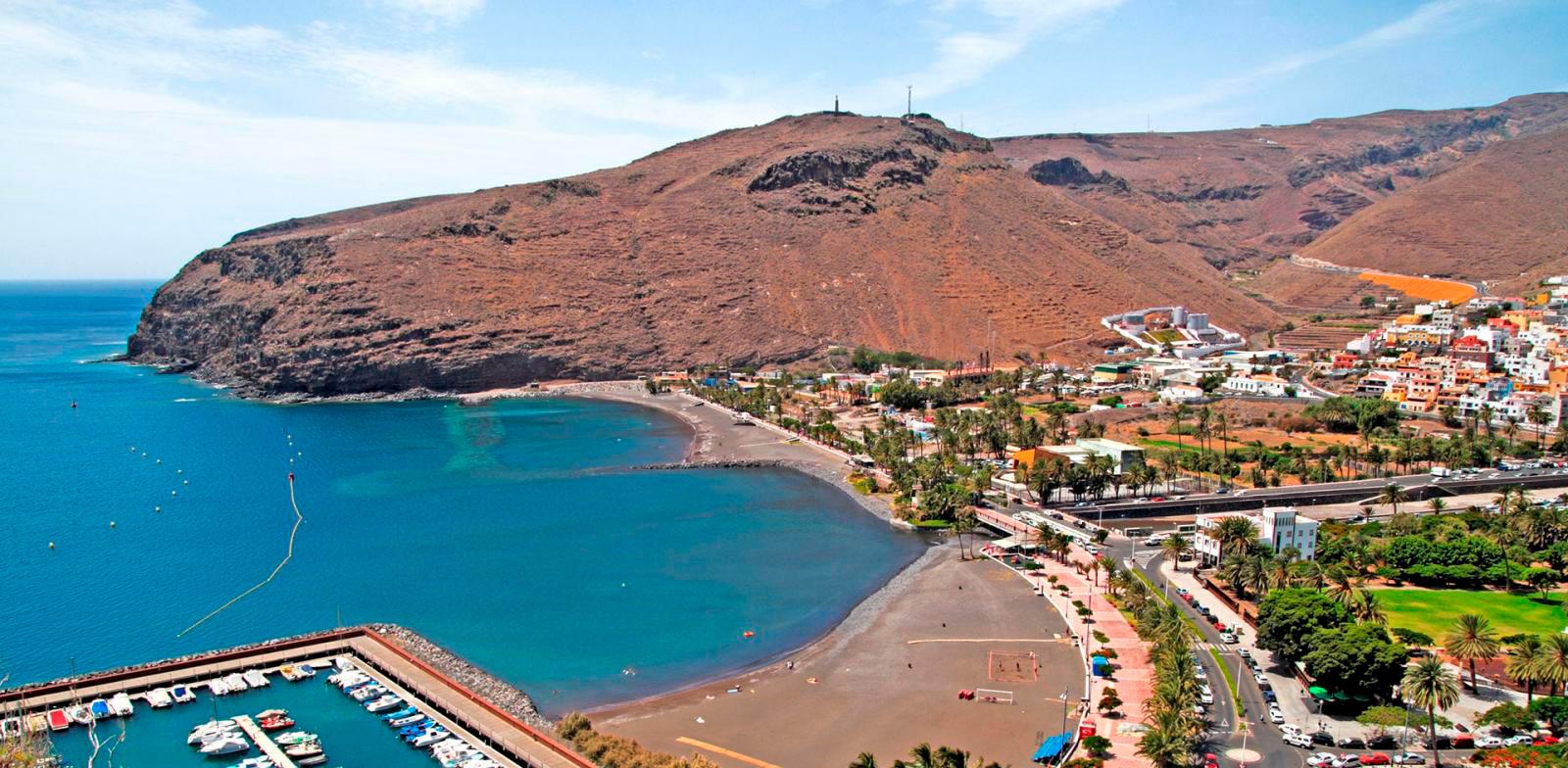
Columbus’ house in San Sebastián, which was the capital town on the island at the time, can be visited and currently houses a museum that displays historic items from that period, as well as various other exhibitions that change periodically.
On La Gomera, the admiral found everything he needed to prepare for his journey: water, provisions, a fantastic climate and favourable winds. Near la Torre del Conde, we find la Casa de la Aguada. Inside it is a 15th-century well which is said to be the place the expedition took water from for the journey. Just 200 metres from there is the Church of Asunción, where Columbus prayed for the success of his endeavour. Built in 1535, years after the admiral passed through the island, the Shrine of San Sebastián de La Gomera is also definitely worth a visit, influenced by the Portuguese architecture of the era.
Little places that are all, without a doubt, part of our world history and that are the reason La Gomera is known as ‘la Isla Colombina’ (Columbus Island).
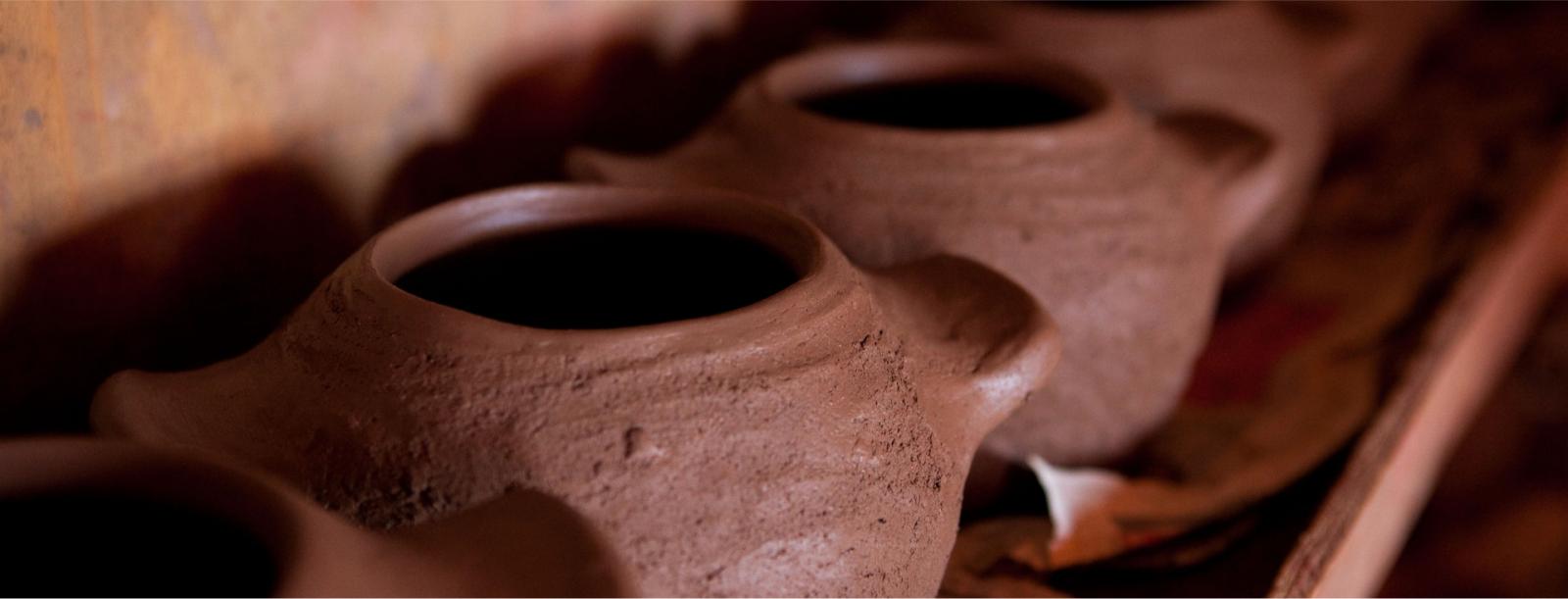
Craftsmanship and folklore
The craftsmanship of La Gomera is a clear example of the island’s identity. Arts, traditions and deep-rooted customs, all with a strong respect for nature and the materials being used, wood, wicker or cane, and pottery in particular, which can be learned about at the Las Loceras Visitors Centre and which is handmade, without a wheel, as the original settlers made it.
The local artisanal activity is mainly concentrated in the north of the island, with Vallehermoso being the hub with the most craftsmen. Fairs and events, such as the yearly Insular Artisan Fair, are held and tend to be accompanied by performances by La Gomera folk bands.
Because La Gomera cannot be separated from its music and dances. The ‘Baile del Tambor’ is an ancestral dance and chant that is unique in the Hispanic world, where men and women sing of legends and historic events to the rhythm of the La Gomera drum and castanets. A form of expression that occurs spontaneously during pilgrimages and local festivities, such as the ‘Bajada de la Virgen de Guadalupe’ in San Sebastián, the festivities in honour of the Virgen de Candelaria in Chipude, Santa Rosa de Lima in Las Rosas, and Nuestra Señora de Lourdes in El Cedro.
‘Silbo Gomero’
But if we had to pick one single cultural manifestation on La Gomera to highlight, it would have to be ‘silbo gomero’. This whistled language, which is exclusive to the island, is a true hallmark of the local culture. Declared UNESCO Intangible Cultural Heritage in 2009 in acknowledgement of its vast cultural value, it was created by the island’s first settlers for communicating with each along ravines and valleys. It has been passed down from generation to generation up until our times, and has been a compulsory subject at schools on La Gomera since 1999.




